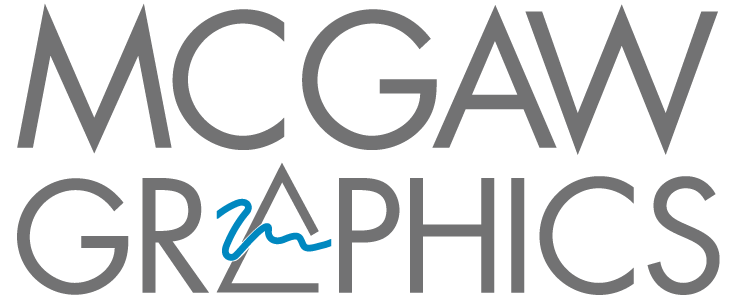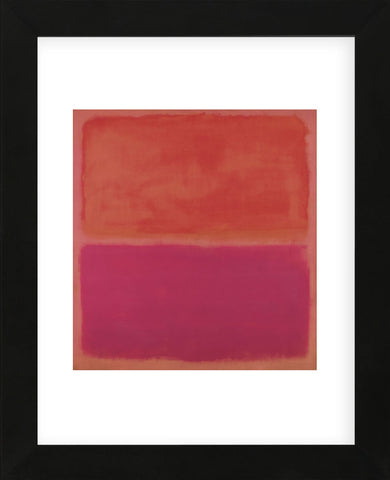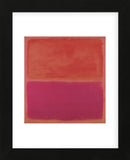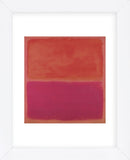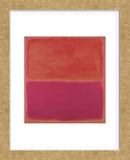Product Detail
- Overall: 16" H x 13" W x 0.75" D
- Overall Product Weight: 2.5lb.
- Material: Glass
- High-quality print on heavy paper
- Printed with vibrant, color-fast inks
- Framed in a contemporary style molding; available in black, gold, and white
- Sawtooth hanger
- Unmatted
© 1998 Kate Rothko Prizel & Christopher Rothko / Artists Rights Society (ARS), New York
Product Detail
- Overall: 16" H x 13" W x 0.75" D
- Overall Product Weight: 2.5lb.
- Material: Glass
- High quality print on heavy paper
- Printed with vibrant, color-fast inks
- Framed in a contemporary style molding; available in black, white, and gold
- Sawtooth hanger
- Unmatted
About the Artist
The totally abstract paintings by Rothko did not suddenly emerge as the result of one idea. His work was the result of many years of looking at other artwork, including Greek vases with horizontal bands of figures, Native American art with its spiritual qualities, and the work of the European Surrealists. By 1949, his preferred format was an upright rectangular canvas or paper with two or three stacked rectangular forms varying in area but free of the picture edge. The colored bands, which he felt must be "sensuous or functional," took on a wide range of hues to which Rothko added lightness or darkness, translucency or opacity, high or low saturation, smooth or brushy textures, and contrasts of color area.
Born Marcus Rothkowitz in Dvinsk, Russia, he immigrated to the United States in 1913 with his family. He adopted the name Rothko in 1940, and legally changed it in 1958. His work has been compared to that of his teacher and mentor, Joseph Albers, although their paintings had little in common. Albers’ work was intellectual, while Rothko’s was emotional. Increasingly, his work darkened as he grew older and his last paintings and large works on paper are simple and somber, perhaps a metaphor for his decision to end his own life.
